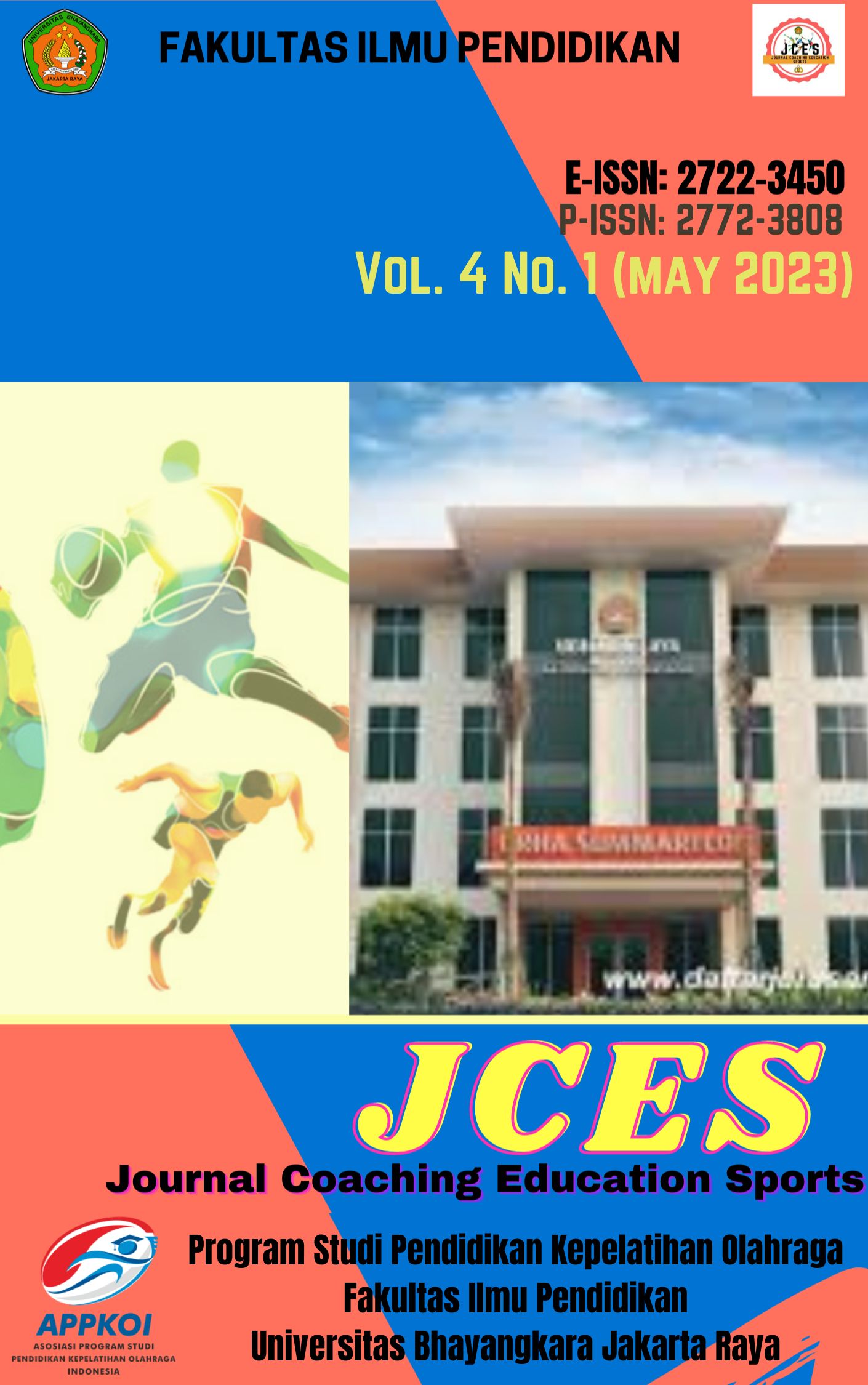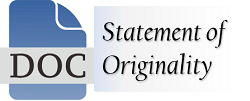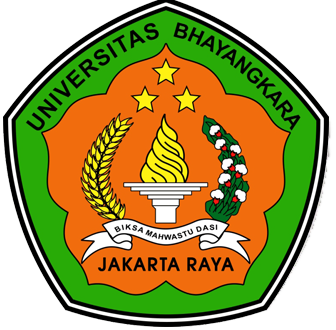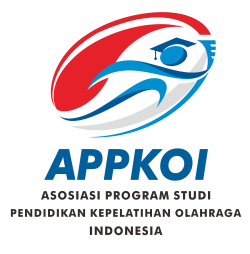Assessing Workload and Wellbeing Among Male School Athletes During a Two-Season Overlap Period
DOI:
https://doi.org/10.31599/32k1hf43Keywords:
Team Sport, Training Load Monitoring, Perceived Exertion Rate Throughout Sessions, Youth SportsAbstract
The study's goal was to evaluate and track the physical abilities and seasonal workloads of male multisport athletes who struggle with converging sport seasons. Due to the increased training load, these obstacles may have an effect on their general well-being. The researchers monitored the internal workloads of 15 male students who participated in a variety of sports disciplines. Over the course of a 10-week period, they assessed their general preparation and fitness using self-reported questionnaires. Through the course of the monitoring period, statistical analysis revealed substantial variations in workloads and the ACWR (acute to chronic workload ratio) (p = 0.002). Agility, vertical jump power, yo-yo intermittent recovery (Level 1), and predicted VO2max characteristics all showed significant changes (p 0.002). The participants' relatively high wellbeing and ACWR values, however, show that they did not endure enough stress from the workloads to cause physiological changes that would improve their performance. It's probable that the athletes' workloads were reasonable enough to lower the risk of injury while still enhancing performance.
Downloads
References
Ahmun, R., McCaig, S., Tallent, J., Williams, S., & Gabbett, T. (2019). Association of Daily Workload, Wellness, and Injury and Illness During Tours in International Cricketers. International Journal of Sports Physiology and Performance, 14(3), 369–377. https://doi.org/10.1123/ijspp.2018- 0315
Aloulou, A., Duforez, F., Léger, D., De Larochelambert, Q., & Nedelec, M. (2021). The Relationships Between Training Load, Type of Sport, and Sleep Among High-Level Adolescent Athletes. International Journal of Sports Physiology and Performance, 16(6), 890–899. https://doi.org/10.1123/ijspp.2020- 0463
Bangsbo, J., Iaia, F. M., & Krustrup, P. (2008). The Yo-Yo intermittent recovery test : a useful tool for evaluation of physical performance in intermittent sports. Sports Medicine (Auckland, N.Z.), 38(1), 37–51. https://doi.org/10.2165/00007256-200838010-00004
Bishop, C., Brashill, C., Abbott, W., Read, P., Lake, J., & Turner, A. (2021). Jumping Asymmetries Are Associated With Speed, Change of Direction Speed, and Jump Performance in Elite Academy Soccer Players. Journal of Strength and Conditioning Research, 35(7), 1841–1847. https://doi.org/10.1519/JSC.00000000 00003058
Blanch, P., & Gabbett, T. J. (2016). Has the athlete trained enough to return to play safely? The acute:chronic workload ratio permits clinicians to quantify a player’s risk of subsequent injury. British Journal of Sports Medicine, 50(8), 471–475. https://doi.org/10.1136/bjsports-2015- 095445
Bourdon, P. C., Cardinale, M., Murray, A., Gastin, P., Kellmann, M., Varley, M. C., Gabbett, T. J., Coutts, A. J., Burgess, D. J., Gregson, W., & Cable, N. T. (2017). Monitoring Athlete Training Loads: Consensus Statement. International Journal of Sports Physiology and Performance, 12(Suppl 2), S2161–S2170. https://doi.org/10.1123/IJSPP.2017- 0208
Bowen, L., Gross, A. S., Gimpel, M., & Li, F.-X. (2017). Accumulated workloads and the acute:chronic workload ratiorelate to injury risk in elite youth football players. British Journal of Sports Medicine, 51(5), 452–459. https://doi.org/10.1136/bjsports-2015- 095820
Buckthorpe, M., Morris, J., & Folland, J. P. (2012). Validity of vertical jump measurement devices. Journal of Sports Sciences, 30(1), 63–69. https://doi.org/10.1080/02640414.201 1.624539
Carey, D. L., Blanch, P., Ong, K.-L., Crossley, K. M., Crow, J., & Morris, M. E. (2017). Training loads and injury risk in Australian football- differing acute: chronic workload ratios influence match injury risk. British Journal of Sports Medicine, 51(16), 1215–1220. https://doi.org/10.1136/bjsports-2016- 096309
Cunanan, A. J., DeWeese, B. H., Wagle, J. P., Carroll, K. M., Sausaman, R., Hornsby, W. G. 3rd, Haff, G. G., Triplett, N. T., Pierce, K. C., & Stone, M. H. (2018). The General Adaptation Syndrome: A Foundation for the Concept of Periodization. Sports Medicine (Auckland, N.Z.), 48(4), 787–797. https://doi.org/10.1007/s40279-017- 0855-3
DiFiori, J. P., Benjamin, H. J., Brenner, J. S., Gregory, A., Jayanthi, N., Landry,G. L., & Luke, A. (2014). Overuse injuries and burnout in youth sports: a position statement from the American Medical Society for Sports Medicine. British Journal of Sports Medicine, 48(4), 287–288. https://doi.org/10.1136/bjsports-2013- 093299
Drew, M. K., & Finch, C. F. (2016). The Relationship Between Training Load and Injury, Illness and Soreness: A Systematic and Literature Review. Sports Medicine (Auckland, N.Z.), 46(6), 861–883. https://doi.org/10.1007/s40279-015- 0459-8
Eisenmann, J. C., Howard, R., & Moreno, T. (2020). LONG-TERM ATHLETIC DEVELOPMENT AS A FRAMEWORK TO INFLUENCE WELLNESS DURING CHILDHOOD AND ADOLESCENCE. ACSM’s Health & Fitness Journal, 24(5). https://journals.lww.com/acsm- healthfitness/Fulltext/2020/09000/LO NG_TERM_ATHLETIC_DEVELOP MENT_AS_A_FRAMEWORK_TO. 9.aspx
Fredricks, J. A. (2012). Extracurricular participation and academic outcomes: testing the over-scheduling hypothesis. Journal of Youth andAdolescence, 41(3), 295–306. https://doi.org/10.1007/s10964-011- 9704-0
Gabbett, T. J. (2016). The training{textemdash}injury prevention paradox: should athletes be training smarter and harder? British Journal of Sports Medicine, 50(5), 273–280. https://doi.org/10.1136/bjsports-2015- 095788
Gazzano, F., & Gabbett, T. J. (2017). A practical guide to workload management and injury prevention in college and high school sports. NSCA Coach, 4(4), 30–34. http://link.springer.com/10.1007/s402 79-016-0529-6
Grobler, T. D., Shaw, B. S., & Coopoo, Y. (2017). Influence of physical fitness parameters on relative age effect on amateur secondary school rugby union players. South African Journal for Research in Sport, Physical Education and Recreation, 39(3), 29–39.
Halson, S. L. (2014). Monitoring training load to understand fatigue in athletes. Sports Medicine (Auckland, N.Z.), 44 Suppl 2(Suppl 2), S139-47. https://doi.org/10.1007/s40279-014- 0253-z
Hamlin, M. J., Wilkes, D., Elliot, C. A., Lizamore, C. A., & Kathiravel, Y.(2019). Monitoring Training Loads and Perceived Stress in Young Elite University Athletes. Frontiers in Physiology, 10, 34. https://doi.org/10.3389/fphys.2019.00 034
Hendricks, S., Till, K., Weaving, D., Powell, A., Kemp, S., Stokes, K., & Jones, B. (2019). Training, match and non-rugby activities in elite male youth rugby union players in England. International Journal of Sports Science and Coaching, 14(3), 336– 343. https://doi.org/10.1177/17479541198 29289
Hulin, B. T., Gabbett, T. J., Blanch, P., Chapman, P., Bailey, D., & Orchard, J. W. (2014). Spikes in acute workload are associated with increased injury risk in elite cricket fast bowlers. British Journal of Sports Medicine, 48(8), 708–712. https://doi.org/10.1136/bjsports-2013- 092524
Hulin, B. T., Gabbett, T. J., Lawson, D. W., Caputi, P., & Sampson, J. A. (2016). The acute:chronic workload ratio predicts injury: high chronic workload may decrease injury risk in elite rugby league players. British Journal of Sports Medicine, 50(4), 231–236. https://doi.org/10.1136/bjsports-2015- 094817Ivarsson, A., Johnson, U., Andersen, M. B., Tranaeus, U., Stenling, A., & Lindwall, M. (2017). Psychosocial Factors and Sport Injuries: Meta- analyses for Prediction and Prevention. Sports Medicine (Auckland, N.Z.), 47(2), 353–365. https://doi.org/10.1007/s40279-016- 0578-x
Kellmann, M. (2010). Preventing overtraining in athletes in high- intensity sports and stress/recovery monitoring. Scandinavian Journal of Medicine & Science in Sports, 20 Suppl 2, 95–102. https://doi.org/10.1111/j.1600- 0838.2010.01192.x
Mann, J. B., Bryant, K. R., Johnstone, B., Ivey, P. A., & Sayers, S. P. (2016). Effect of Physical and Academic Stress on Illness and Injury in Division 1 College Football Players. Journal of Strength and Conditioning Research, 30(1), 20–25. https://doi.org/10.1519/JSC.00000000 00001055
McFarland, M., & Bird, S. P. (2014). A wellness monitoring tool for youth athletes. Journal of Australian Strength and Conditioning, 22(6), 22– 26.
Menzel, H.-J., Chagas, M. H., Szmuchrowski, L. A., Araujo, S. R., Campos, C. E., & Giannetti, M. R.(2010). Usefulness of the jump-and- reach test in assessment of vertical jump performance. Perceptual and Motor Skills, 110(1), 150–158. https://doi.org/10.2466/PMS.110.1.15 0-158
Merkel, D. L. (2013). Youth sport: positive and negative impact on young athletes. Open Access Journal of Sports Medicine, 4, 151–160. https://doi.org/10.2147/OAJSM.S335 56
Muehlbauer, T., Pabst, J., Granacher, U., & Büsch, D. (2017). Validity of the Jump-and-Reach Test in Subelite Adolescent Handball Players. Journal of Strength and Conditioning Research, 31(5), 1282–1289. https://doi.org/10.1519/JSC.00000000 00001607
Palmer-Green, D., Fuller, C., Jaques, R., & Hunter, G. (2013). The Injury/Illness Performance Project (IIPP): A Novel Epidemiological Approach for Recording the Consequences of Sports Injuries and Illnesses. Journal of Sports Medicine (Hindawi Publishing Corporation), 2013, 523974. https://doi.org/10.1155/2013/523974
Phibbs, P. J., Roe, G., Jones, B., Read, D. B., Weakley, J., Darrall-Jones, J., & Till, K. (2017). Validity of Daily and Weekly Self-Reported Training LoadMeasures in Adolescent Athletes.
Journal of Strength and Conditioning Research, 31(4), 1121–1126. https://doi.org/10.1519/JSC.00000000 00001708
Sayers, E. W. (2012). Database resources of the National Center for Biotechnology Information. Nucleic Acids Research, 40. https://doi.org/10.1093/nar/gkr1184
Suchomel, T. J., Lamont, H. S., & Moir, G. L. (2016). Understanding Vertical Jump Potentiation: A Deterministic Model. Sports Medicine (Auckland, N.Z.), 46(6), 809–828. https://doi.org/10.1007/s40279-015- 0466-9
Suchomel, T. J., Sato, K., DeWeese, B. H., Ebben, W. P., & Stone, M. H. (2016). Potentiation Following Ballistic and Nonballistic Complexes: The Effect of Strength Level. Journal of Strength and Conditioning Research, 30(7), 1825–1833. https://doi.org/10.1519/JSC.00000000 00001288
Ti, M., & Nair, A. C. (2020). The seated medicine ball throw as a test of upper body strength in undergraduate students. ~ 1 ~ International Journal of Physiology, 5(2), 1–04. www.journalofsports.comTill,
K., Jones, B. L., Cobley, S., Morley,D., O’Hara, J., Chapman, C., Cooke, C., & Beggs, C. B. (2016). Identifying Talent in Youth Sport: A Novel Methodology Using Higher- Dimensional Analysis. PloS One, 11(5), e0155047. https://doi.org/10.1371/journal.pone.0 155047
Warren, A., Williams, S., McCaig, S., & Trewartha, G. (2018). High acute:chronic workloads are associated with injury in England & Wales Cricket Board Development Programme fast bowlers. Journal of Science and Medicine in Sport, 21(1), 40–45. https://doi.org/10.1016/j.jsams.2017.0 7.009
Weakley, J. J. S., Till, K., Read, D. B., Roe, G. A. B., Darrall-Jones, J., Phibbs, P. J., & Jones, B. (2017). The effects of traditional, superset, and tri-set resistance training structures on perceived intensity and physiological responses. European Journal of Applied Physiology, 117(9), 1877– 1889. https://doi.org/10.1007/s00421- 017-3680-3
Young, W. B., & Pryor, L. (2007). Relationship between pre-season anthropometric and fitness measures and indicators of playing performance in elite junior Australian Rules football. Journal of Science andMedicine in Sport, 10(2), 110–118. https://doi.org/10.1016/j.jsams.2006.0 6.003
Young, W., Farrow, D., Pyne, D., McGregor, W., & Handke, T. (2011). Validity and reliability of agility tests in junior Australian football players. Journal of Strength and Conditioning Research, 25(12), 3399–3403. https://doi.org/10.1519/JSC.0b013e31 8215fa1c
Downloads
Published
Issue
Section
License
Copyright (c) 2023 Simphiwe Nkosi, Andrew Green

This work is licensed under a Creative Commons Attribution 4.0 International License.






.png)







